Do team steals really matter?
2 min read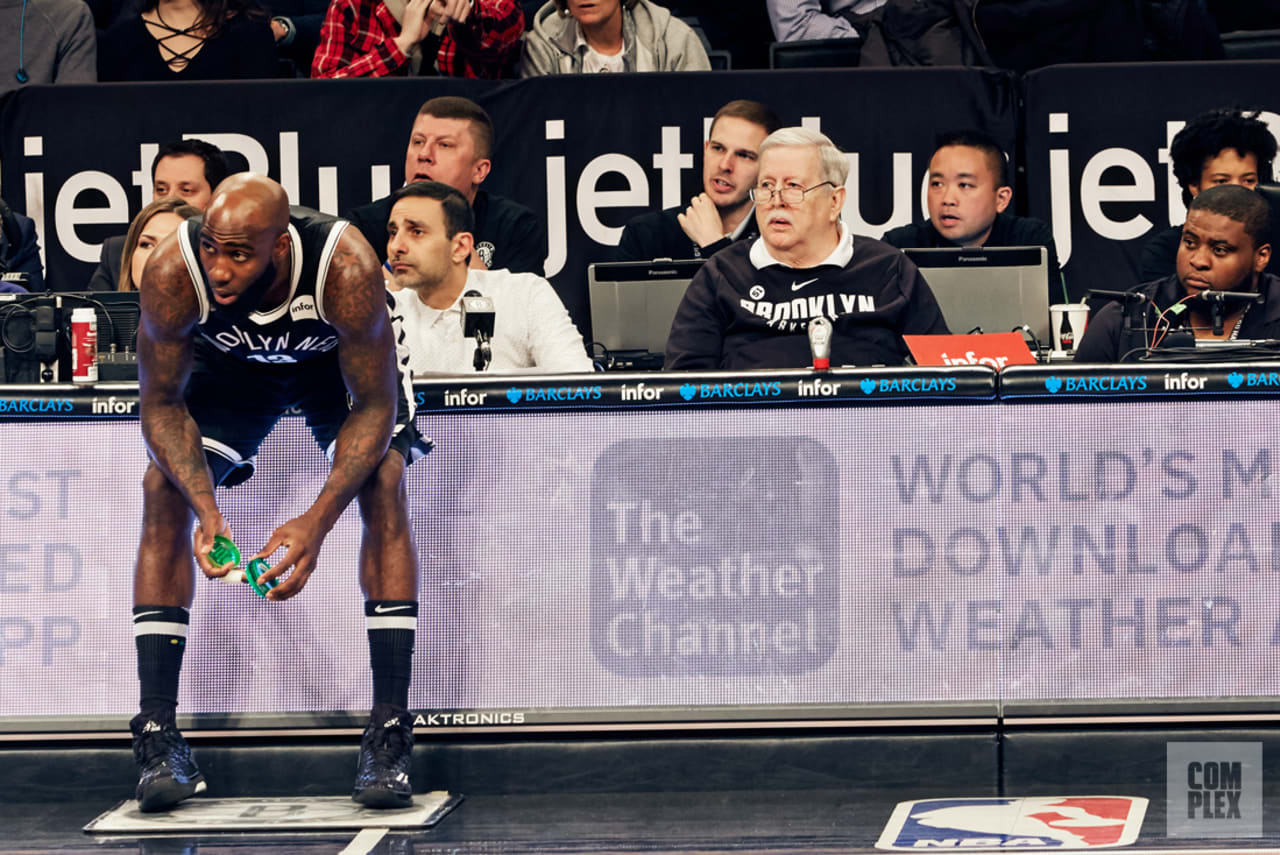
How much do steals actually help a team win? Will turnover issues sink the ship? Can a team succeed despite struggling to rebound? How do the top and bottom teams in a number of statistical categories end up faring in the stat that matters the most – winning percentage? In an attempt to answer some of these questions, I will be taking a look at a series of different team stats (available via NBA.com since 1997) and their tie to the standings in this new article series. We’ll start off with the steal.
The unfortunate reality here is that conclusions beyond correlation are tricky given the lacking connection between correlation and causation, but we can at least track correlation and take away some decent conclusions.
STEALS
Let’s start with the positive effect. Does racking up a number of steals tend to result in wins?
The answer is pretty clear – no, at least not with any consistency. The data doesn’t leave much room for debate. There’s simply no correlation between placing near the top of the league in steals and doing the same in wins.
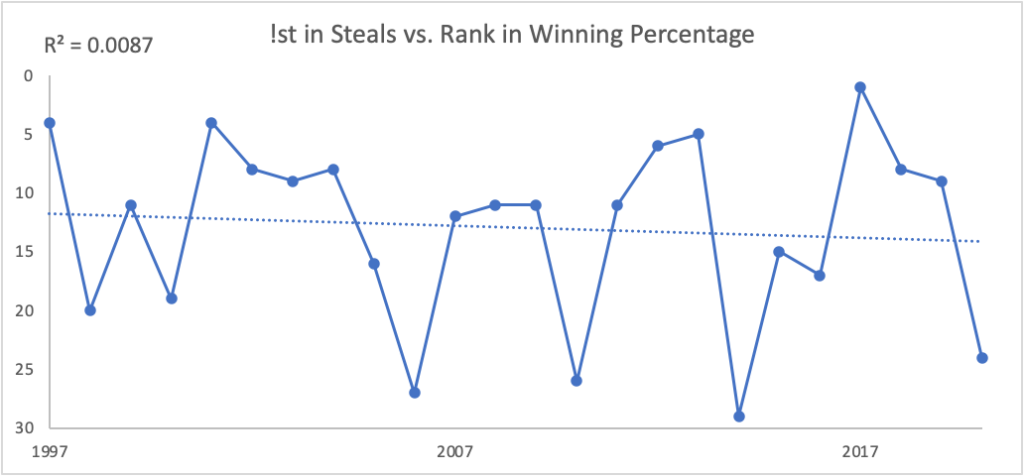
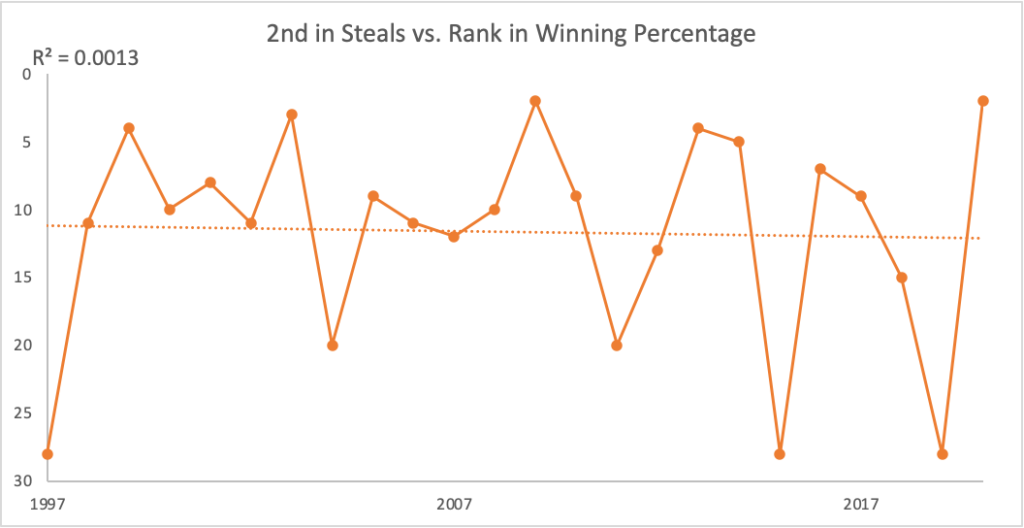
Here we see two tiny R squared values, which act as a measure of correlation. To put it simply, the bigger the R squared value, the better the data fits the spotted line you see above. The value falls on a scale of 0 to 1, and we see two numbers very close to 0 here, suggesting little to no correlation.
| Steals Finish | Average Winning Percentage Finish |
| 1 | 13.0 |
| 2 | 11.6 |
I won’t get into the statistical details until there’s a relevant difference to prove, but the difference between these two averages and the average finish for all teams simply isn’t large enough to be considered statistically significant.
How about the opposite end? Will failing to force steals lead to lacking success?
The answer again is no.
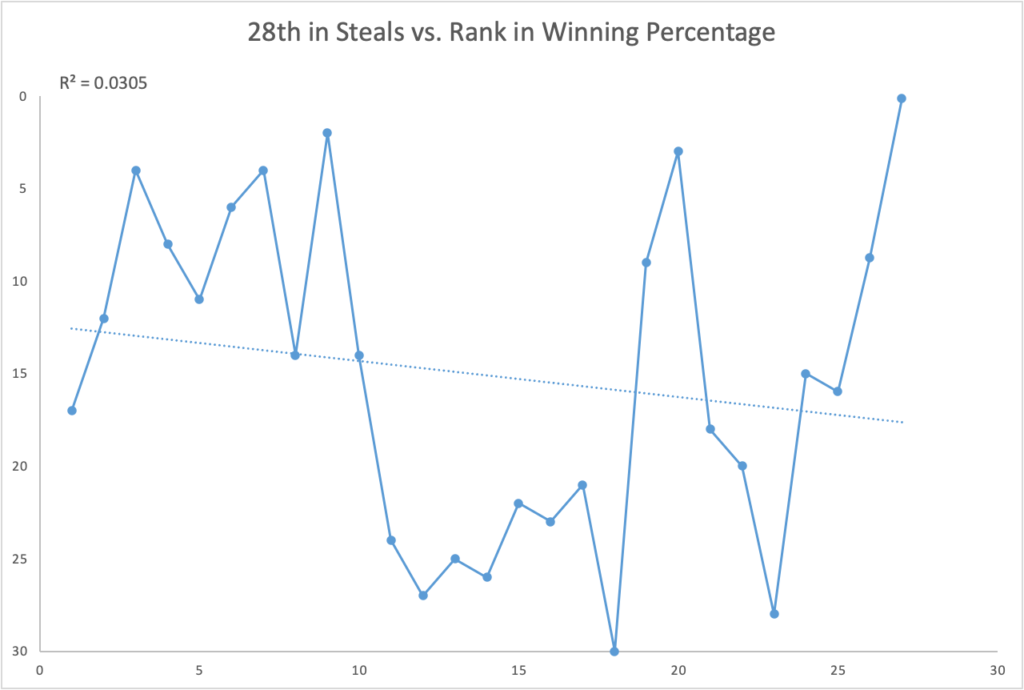
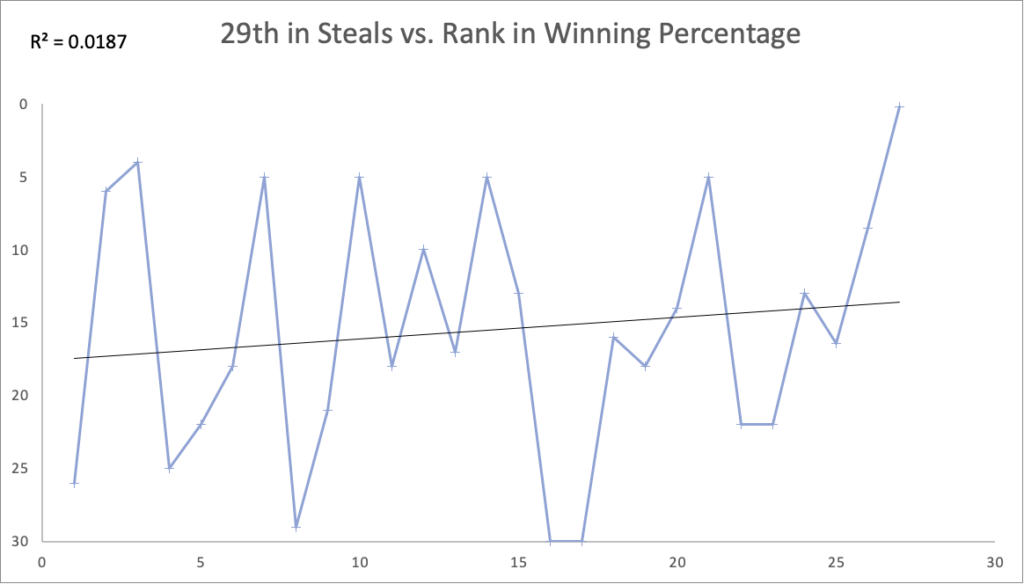
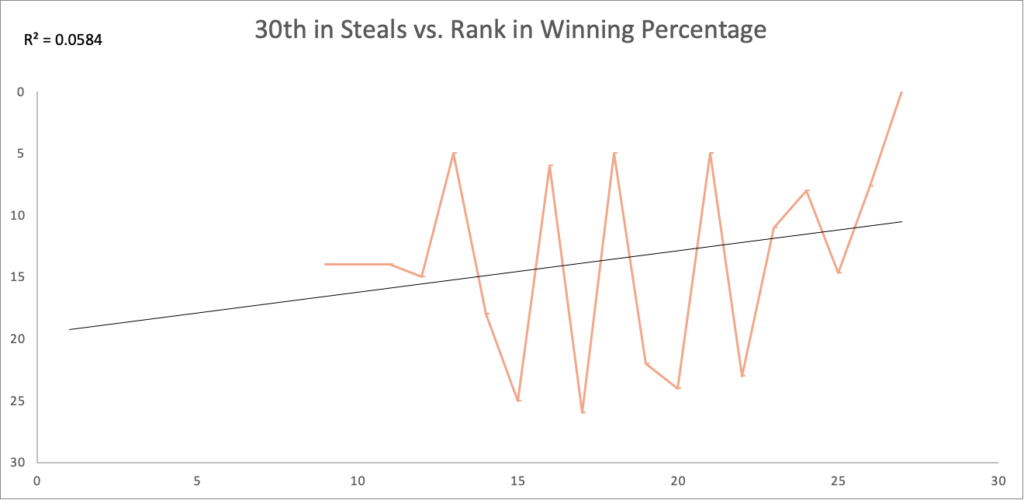
We see tiny R squared values here as well.
| Steals Finish | Average Winning Percentage Finish |
| 28 | 16.0 |
| 29 | 16.4 |
| 30 | 14.7 |
Again, there isn’t nearly enough separation from the average winning percentage finish for every team here to consider the differences statistically significant.
The clear conclusion here is that, on average, teams that lead the league in steals don’t also lead the league in winning percentage while teams that sit at the bottom of the league in steals don’t also sit at the bottom of the league in winning percentage. There are so many factors that go into basketball, and that’s an issue for reaching definitive conclusions here. However, the clear and simple truth is that producing a lot of steals won’t guarantee you anything in the standings. Struggling to produce steals won’t necessarily put you at the bottom either.
